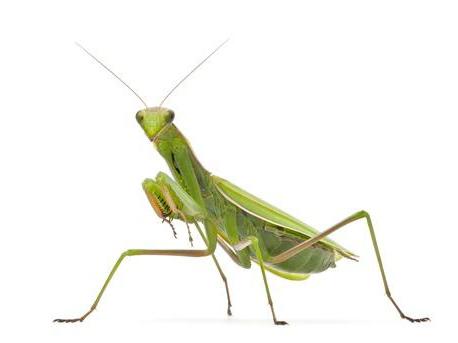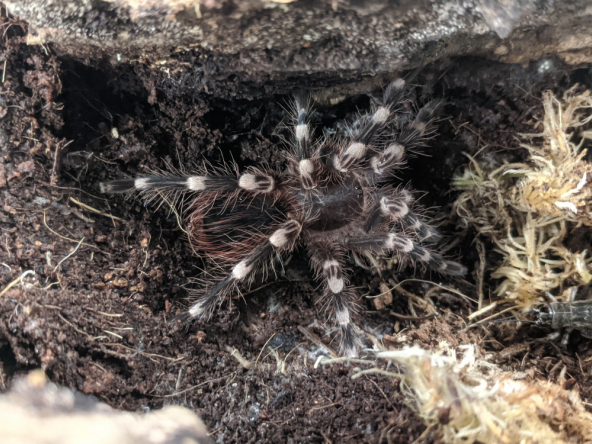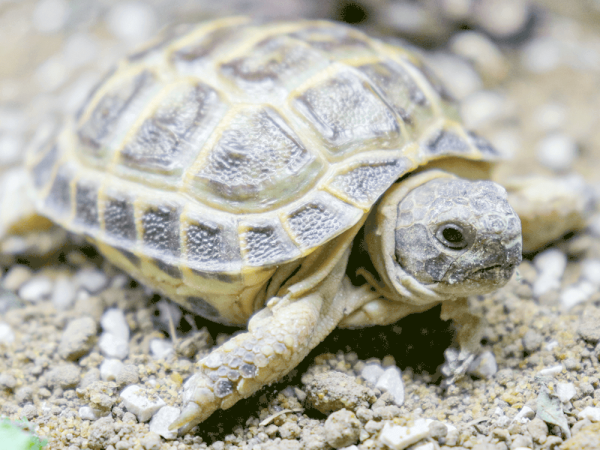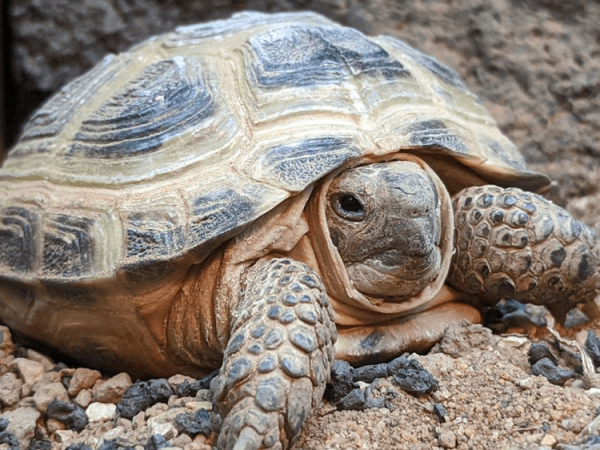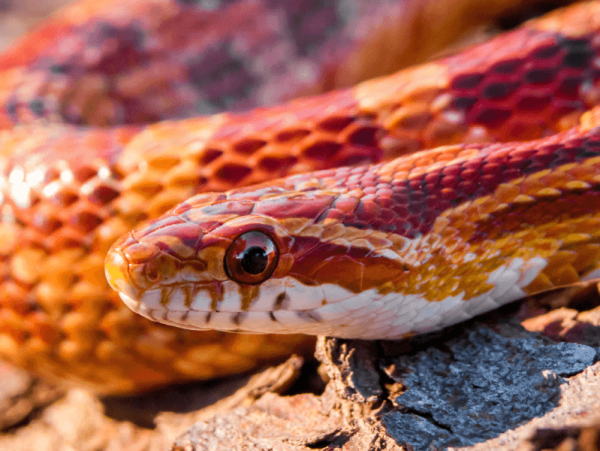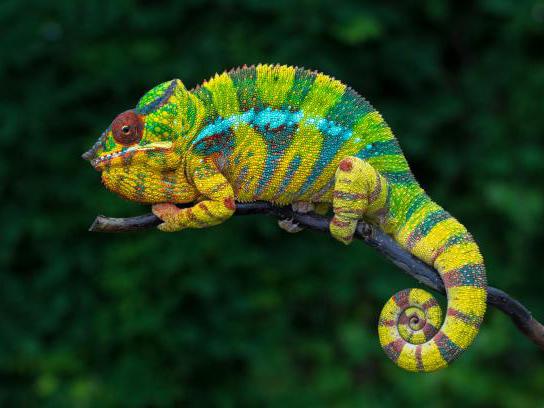Caring for a praying mantis in captivity
It's not just reptiles that capture our imagination as exotic pet owners, there are some awesome insects and inverts that make amazing and fascinating pets too, such as the stunning Praying Mantis.
Increasingly popular in the UK, these guys are a bit of a bad boy in the insect world. Fearsome predators (if you happen to be an insect), they can be amazing to watch, and caring for them is a doddle if you know what you are doing!
Praying Mantis Habitats
Your mantid's home is the first thing you need to get right. Like all pets, they need an enclosure that has enough room for them to move around, explore, hide, sleep and hunt. The size of your enclosure, therefore, depends on the size of your mantis. For this bit, you need to look up the exact adult size your mantis is likely to grow to, which differs from species to species. A quick internet search should yield you some easy results.
Mantis keepers tend to work to an easy rule of thumb, in which the minimum space needed is 3 times the length and width of your mantis, and 3 times the height - easy!
WARNING! While hatchling mantis are usually fine kept together, after they start shedding they often need to be separated. This is because that while some species are more communal than others, all species have cannibalistic tendencies, and adults are more than happy to chow down on their buddies, making separate enclosures vital when not breeding (and even then, the female tends to bite the head off the male after coitus…).
Often best kept in plastic terrariums, this means their habitats are some of the cheapest around in terms of exotic pets, with many species happy to live at UK room temperature, however once again, CHECK YOUR SPECIES SPECIFIC HUSBANDRY! Some Asian and African species will need things a little warmer and so you may need to supplement their heat with some lighting or heating equipment.
If using a glass aquarium, make sure you ensure that it is well ventilated. Faunariums are purpose made so ventilation should be fine.
For hatchlings, non-printed paper towels make a fine substrate, and for adults you can swap over to things like coconut based substrates, which will release a little humidity as time goes on, helping with moulting.
Don't forget a few twigs or inert plants for decoration and for your mantis to hide in or interact with!
Mantis Food and Feeding
For many keepers, this is the fun bit. The Praying Mantis is a formidable hunter and is unlikely to be interested in pre-killed food. Make sure you find a regular supplier of insect live food to sustain their needs. Flightless fruit flies are a great option for your mantis, and when they are old enough, you can try crickets too - just make sure you feed them foods they can handle. You can judge this by the size of the mantis' arms. Just ask yourself whether the arms are big enough to catch the prey you are feeding them.
Gut loading your feeder insects is also a great way to get extra nutrients into your pet's diet. Feeding schedules will depend on the size and species of your mantis but usually differ between daily to every 1-3 days.
Moulting Mantis
Like most inverts, your mantis will shed a layer of skin from time to time, and this is an important part of their cycle. You may notice a plump mantis not eating very much and rapidly getting skinnier. It is best not to feed at this time as the chances are the mantis is getting ready to moult, giving itself enough wriggle room.
Livefood at this time may distract your mantis from its moulting perch, so avoid putting anything in there, and don't handle your pet during this time.




